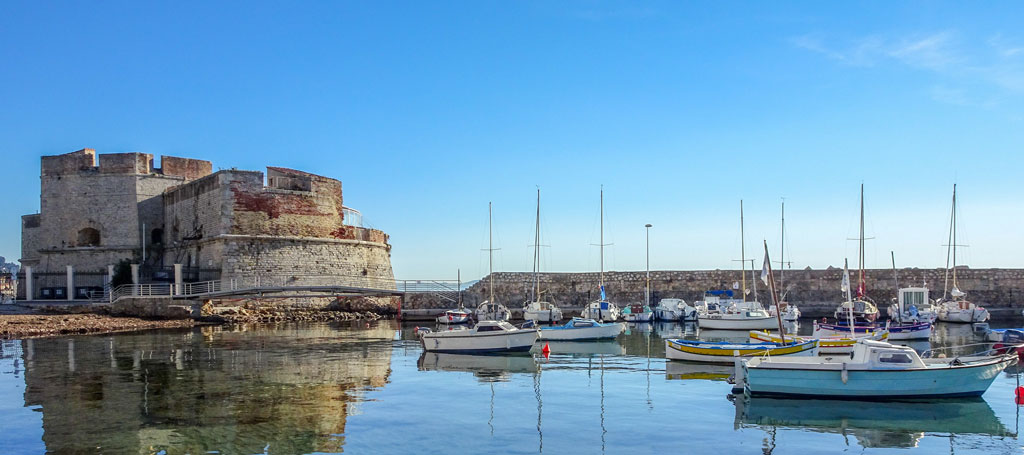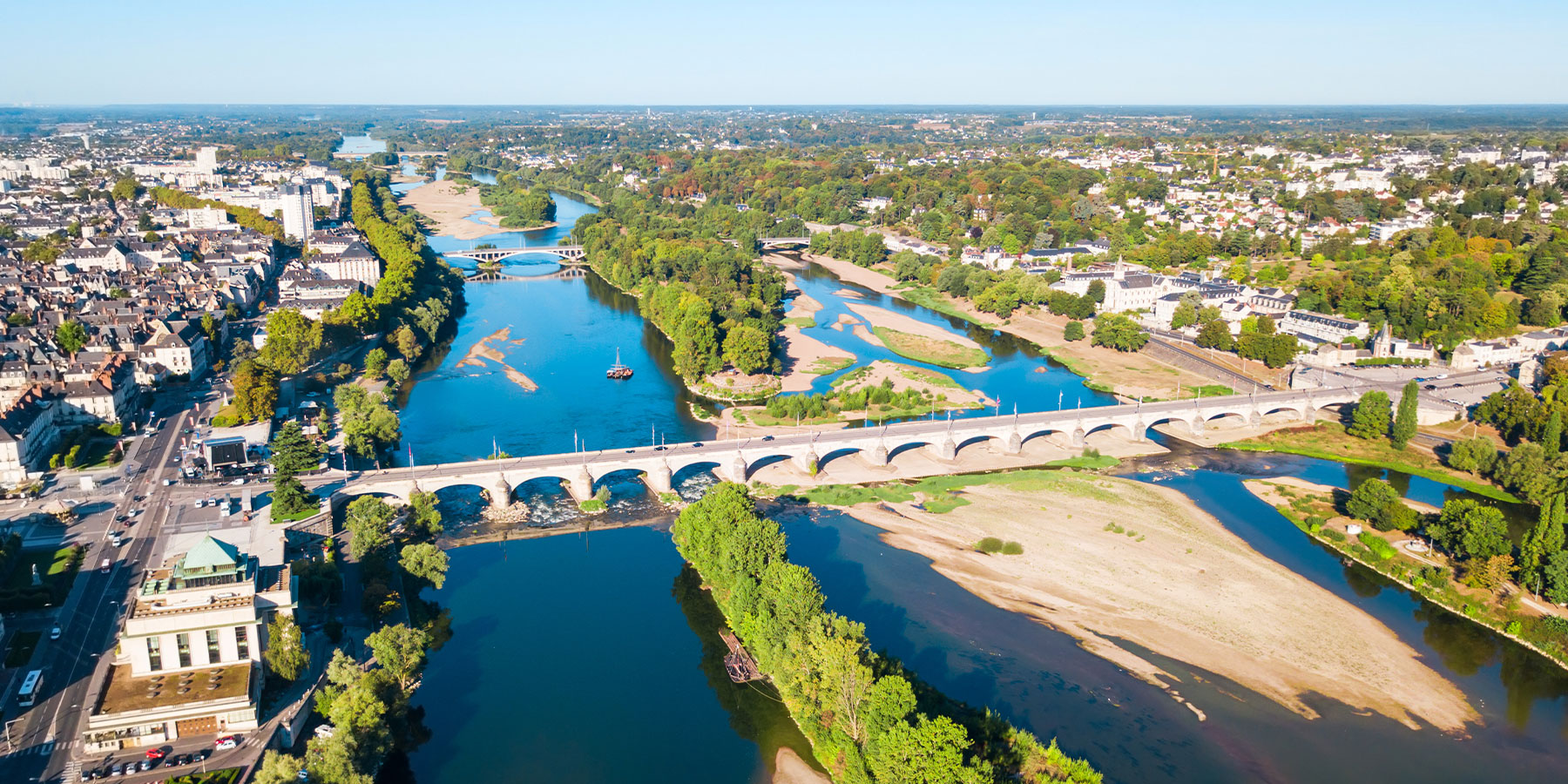
Cathedral of Saint Mary of Toledo

This point of interest is available as audio on the tour: Visit Toledo, A gem by the Tagus River
Here you are in the heart of Toledo, standing on the Ayuntamiento Square, which means the City Hall Square. On the one side, as the name suggests, you’ll find the city’s town hall, and on the other, the magnificent Cathedral of Saint Mary of Toledo. Before diving into the wonders of this Gothic gem, let me draw your attention to the Ayuntamiento building. Behind this perfectly symmetrical façade hides the institution that governs the municipality of Toledo, capital of the province bearing the same name, right in the center of the autonomous community of Castilla-La Mancha. That’s right—Spain is divided into 17 autonomous communities, each with its own government. Now, back to the cathedral. Seat of the archdiocese of Toledo, its religious significance goes back centuries. A church stood here in the 6th century, during the Visigothic era when Toledo was their capital. In 712, when the Muslims conquered the city, that same church was destroyed and replaced by a magnificent mosque. Three centuries later, King Alfonso VI, known as “the Brave”, reconquered the city and promised the Muslim population they could remain and continue using their temples. However, as you look around today, you’ll notice that none of these mosques remain, showing that history took a different path than what King Alfonso promised. The story of what actually happened begins in 1085, when Bernard de Sedirac was appointed as the first archbishop of Toledo. Encouraged by the queen, he forcibly took control of the mosque while the king was away, installed a church bell in the minaret, and expelled the Muslim worshippers. When the king heard the news, he rushed back to Toledo, enraged, intending to punish the archbishop. However, it is said that the city’s Muslim population, fearing eventual violence, begged the king not to punish the Catholics. This decision cost the mosque to be converted into a Christian cathedral, marking the beginning of a golden age for the archdiocese of Toledo, which was granted the title of Primate of Spain—essentially giving the archbishop authority over all others in the region. The reconverted mosque remained in place for another three centuries until a pivotal moment occured in Spanish history: the Battle of Las Navas de Tolosa. This decisive victory over Muslim forces ended their domination in the Iberian Peninsula. Victorious, the new archbishop of Toledo declared it was time to build a great cathedral, just like those rising across Europe. Inspired by French Gothic cathedrals, construction began in 1226 with King Ferdinand III laying the first stone. Today, the same cathedral stands before you. Look closely at the main entrance and you’ll notice a detailed sculpture of the Last Supper above these doors. As you walk around the cathedral, take time to admire each of the portals’ unique features—and of course, step inside to truly grasp its whole splendor. Prepare to be overwhelmed. The Gothic retable, the carved choir stalls—a Spanish speciality—the ornate mudéjar-style ceilings, and the sacristy—all of these are splendid. The sacristy is filled with masterpieces from the greatest painters such as El Greco, Velázquez, and Caravaggio, making this cathedral a treasure trove of religious art. Whether you love art or not, this place won’t fail to impress. The cathedral has been listed as a Spanish Property of Cultural Interest since 1909 and has also held UNESCO site status since 1986.


Discover Toledo with app
An interactive guide through the most beautiful streets, squares, and districts
24 fun audioguides full of historical facts, anecdotes, and legends





Comments